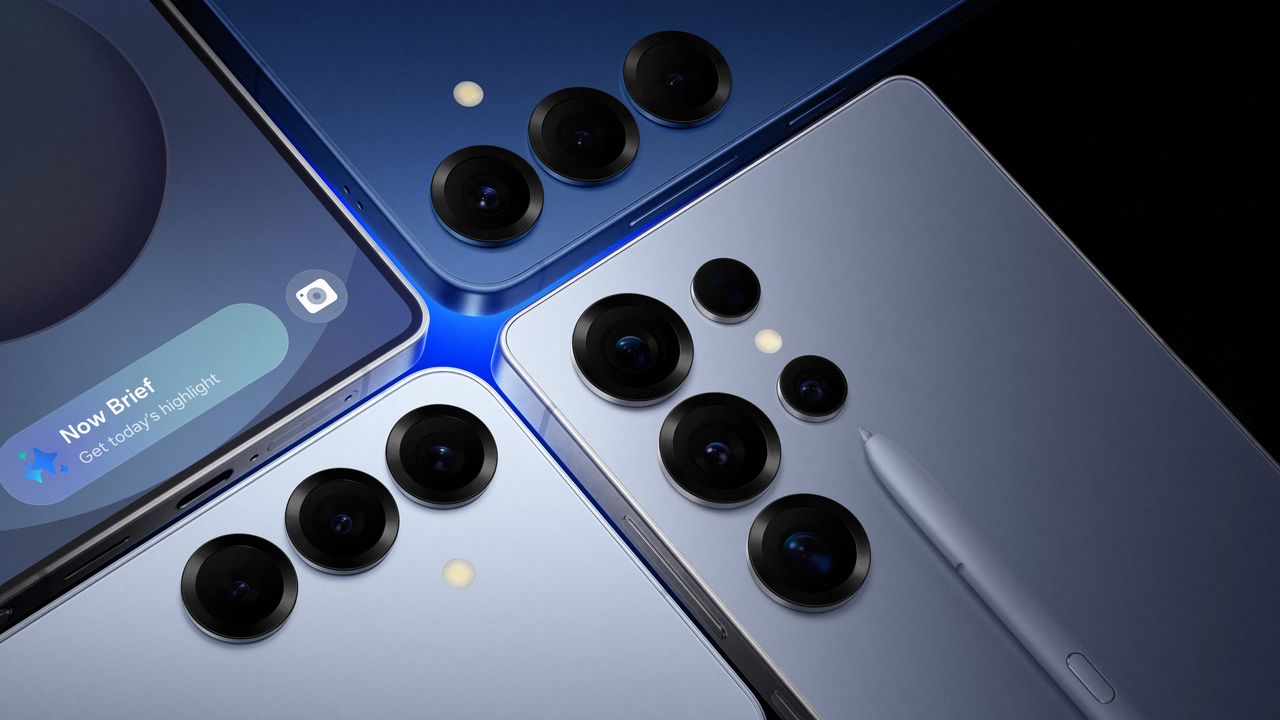
Samsung Galaxy S25 Series: Early Sales Surge Hints at Record-Breaking Year
Samsung’s latest flagship series, the Galaxy S25, is off to a flying start, exceeding initial expectations and demonstrating a strong consumer appetite for its premium offerings. Data reveals that the S25 series has achieved a remarkable 9.16 million units sold within the first two months of its release, signaling a potential new era of success for Samsung’s smartphone division. This impressive performance indicates a significant increase in sales momentum compared to the previous generation, the Galaxy S24 series. The strong demand for the S25 lineup is particularly noteworthy given the increasingly competitive smartphone market.
The star of the show is undoubtedly the Galaxy S25 Ultra, which has captured the hearts of consumers with its cutting-edge features, sophisticated design, and powerful performance. It has emerged as the undisputed leader of the series, accounting for a staggering 5.08 million units sold, more than half of the total S25 series sales. This confirms the growing trend of consumers favoring the highest-end models that offer the most advanced technologies and premium user experiences. The Galaxy S25 Ultra’s success can be attributed to a combination of factors, including its enhanced camera system, improved processing power, and larger, more vibrant display. These features cater to the demands of power users and tech enthusiasts who are willing to pay a premium for the best possible smartphone experience.
Following the S25 Ultra, the standard Galaxy S25 secured the second position with 2.41 million units sold, appealing to consumers who desire a balance between performance and affordability. The Galaxy S25+ rounds out the series, achieving 1.67 million units in sales. While both the S25 and S25+ are solid performers, their combined sales of 4.08 million units fall short of the S25 Ultra’s individual sales figure by a considerable margin of one million units. This disparity underscores the significant preference for the top-tier model and its advanced capabilities.
Comparing the Galaxy S25 series’ early performance with its predecessor, the Galaxy S24, reveals a clear upward trend. The Galaxy S24 series reached 23.4 million units sold over a seven-month period. The S24 Ultra spearheaded sales with 11.2 million units sold, followed by the Galaxy S24 with 7.49 million sales and the Galaxy S24+ with 4.71 million sales. While the S24 series achieved impressive numbers overall, the S25 series’ performance in just the first two months suggests a faster rate of adoption and a stronger initial reception.
The fact that the Galaxy S25 series has managed to sell over 9 million units in just two months speaks volumes about its appeal and the effectiveness of Samsung’s marketing strategy. This strong start indicates that Samsung has successfully addressed consumer needs and desires with the new lineup, incorporating meaningful improvements and innovations that have resonated with potential buyers.
Looking ahead, Samsung has set an ambitious production target of 37 million units for the Galaxy S25 series by the end of the year. Achieving this target would not only solidify the S25 series’ position as a top-selling smartphone but also potentially surpass the Galaxy S24 series’ annual sales by an estimated 2 million units. This projected growth underscores Samsung’s confidence in the S25 series and its ability to capitalize on the growing demand for premium smartphones.
If Samsung successfully meets its production goals and maintains the current sales momentum, the Galaxy S25 series could become one of the company’s most successful flagship launches in recent years. The combination of a strong product lineup, effective marketing, and a favorable market environment positions the S25 series for continued success.
The Galaxy S25 series’ success can be attributed to several key factors. Firstly, Samsung has consistently delivered high-quality hardware and software, building a reputation for reliability and innovation. Secondly, the company has invested heavily in research and development, resulting in cutting-edge features and technologies that differentiate its products from the competition. Thirdly, Samsung’s marketing efforts have been effective in creating awareness and generating excitement around its new products.
Furthermore, the growing demand for premium smartphones and the increasing reliance on mobile devices for various aspects of daily life have contributed to the success of the Galaxy S25 series. Consumers are increasingly willing to invest in high-end smartphones that offer superior performance, advanced features, and enhanced user experiences. The Galaxy S25 series caters to this demand by providing a comprehensive package of innovative technologies and premium design.
The success of the Galaxy S25 Ultra in particular highlights the importance of offering a top-tier model that pushes the boundaries of smartphone technology. Consumers are drawn to the Ultra variant because it represents the pinnacle of Samsung’s engineering prowess and offers the most advanced features available. This trend suggests that Samsung should continue to focus on developing and marketing its Ultra models to capture the attention of tech enthusiasts and power users.
However, Samsung should also continue to refine and improve its standard and Plus models to cater to a wider range of consumers. By offering a diverse lineup of smartphones with varying price points and feature sets, Samsung can appeal to a broader audience and maximize its market share.
In conclusion, the early sales figures of the Galaxy S25 series paint a promising picture for Samsung. The strong demand for the S25 Ultra and the overall positive reception of the lineup indicate that Samsung has successfully created a compelling product that resonates with consumers. If the company can maintain its current momentum and achieve its production targets, the Galaxy S25 series could be on track to become one of Samsung’s most successful flagship launches to date. This success would not only benefit Samsung but also contribute to the continued growth and innovation of the smartphone industry as a whole.
